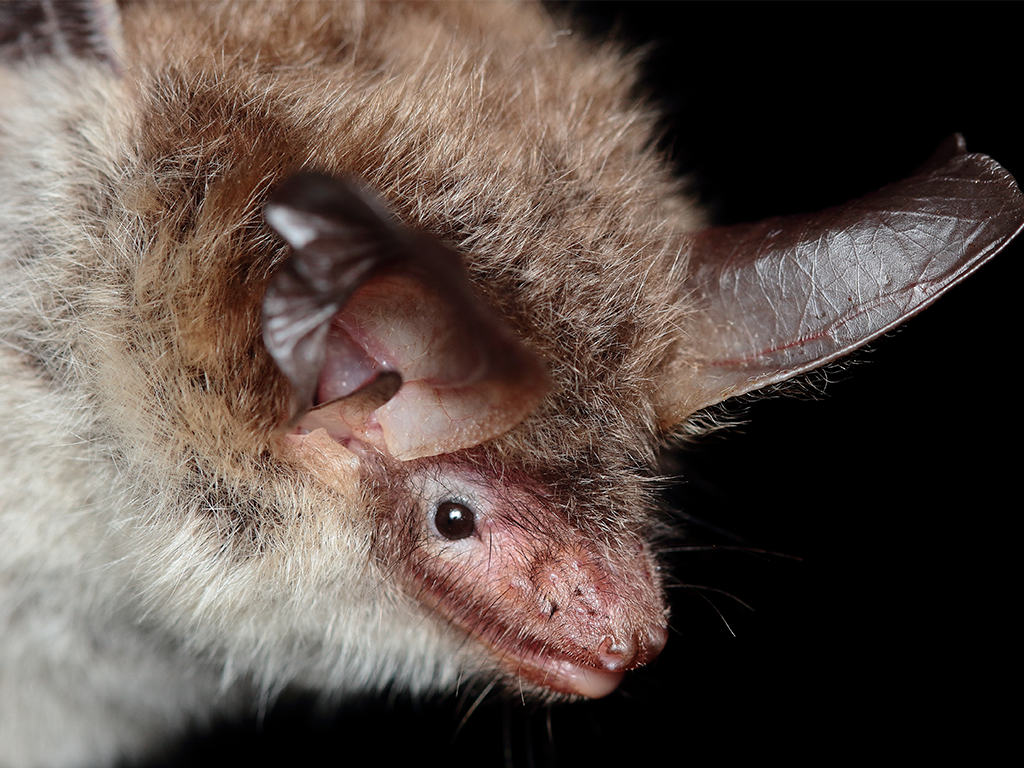Bat swarming behavior may be the key to solving the next pandemic

zdenek_macat/shutterstock.com
Some species of bats are protected against the viruses they carry because they commonly exchange immunity genes during seasonal mating swarms, a Texas A&M research team revealed in a recent article published in the journal Cell Genomics
Long-eared myotis bats carry some of the deadliest zoonotic diseases that can infect both humans and animals, such as Ebola and COVID-19. Because bats are often immune to the diseases they carry, Nicole Foley and Bill Murphy, School of Veterinary Medicine and Biomedical Sciences, believe that studying bats’ disease immunity could hold the key to preventing the next global pandemic.
“Understanding how bats have evolved viral tolerance may help us learn how humans can better fight emerging diseases,” said Foley.
Swarming creates increased numbers of hybrids—individual bats with parents from different species. To uncover exactly how bats have evolved tolerance to these deadly viruses, Foley, Murphy, and their international research partners mapped the evolutionary tree of Myotis bats, something they knew to be crucial in trying to identify which genes might be involved.
“You can think of swarming behavior like a social gathering; there’s lots of flight activity, increased communication and inter-species mingling; for bats, it’s not unlike going to a club,” Foley said.
To create a map of the true relationships between Myotis bats, Foley and Murphy first untangled the genetic code for hybridization.
“We collaborated with researchers from Ireland, France and Switzerland to sequence the genomes of 60 Myotis bat species,” she explained. “That allowed us to figure out which parts of the DNA represented the species’ true evolutionary history and which parts arose from hybridization.”
The researchers found that immunity genes were some of those most frequently exchanged between species while swarming.
“Swarming behavior has always been a bit of a mystery for researchers,” Foley said. “Now we have a better understanding of why this particular behavior evolved—perhaps to promote hybridization, which helps spread beneficial immune gene variants more widely throughout the population.”

